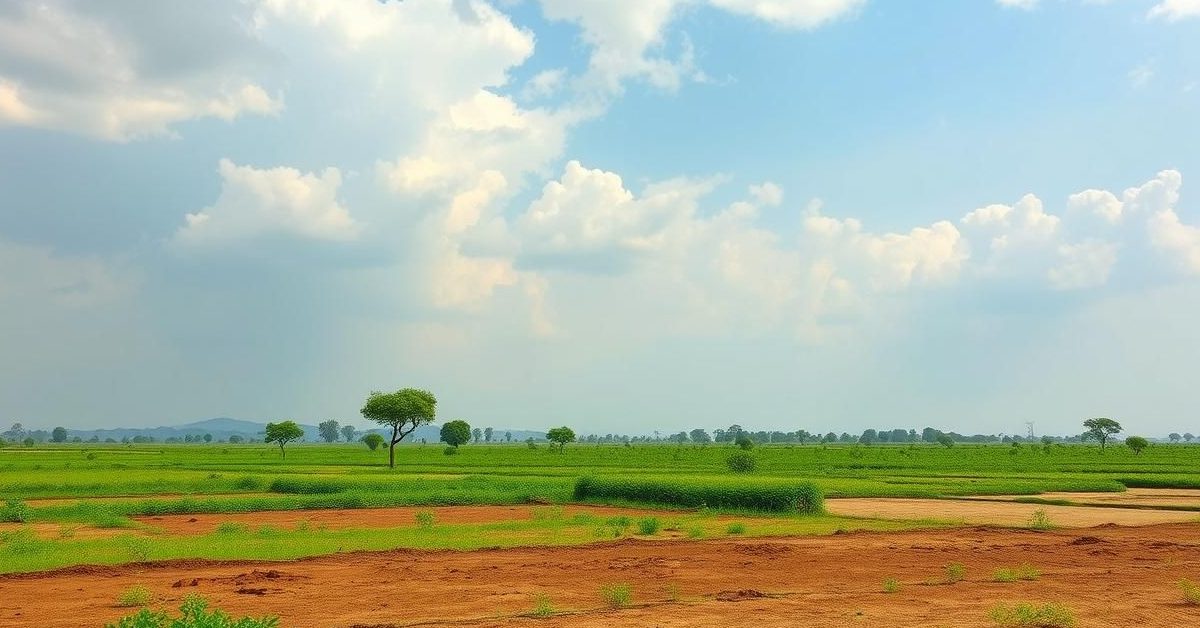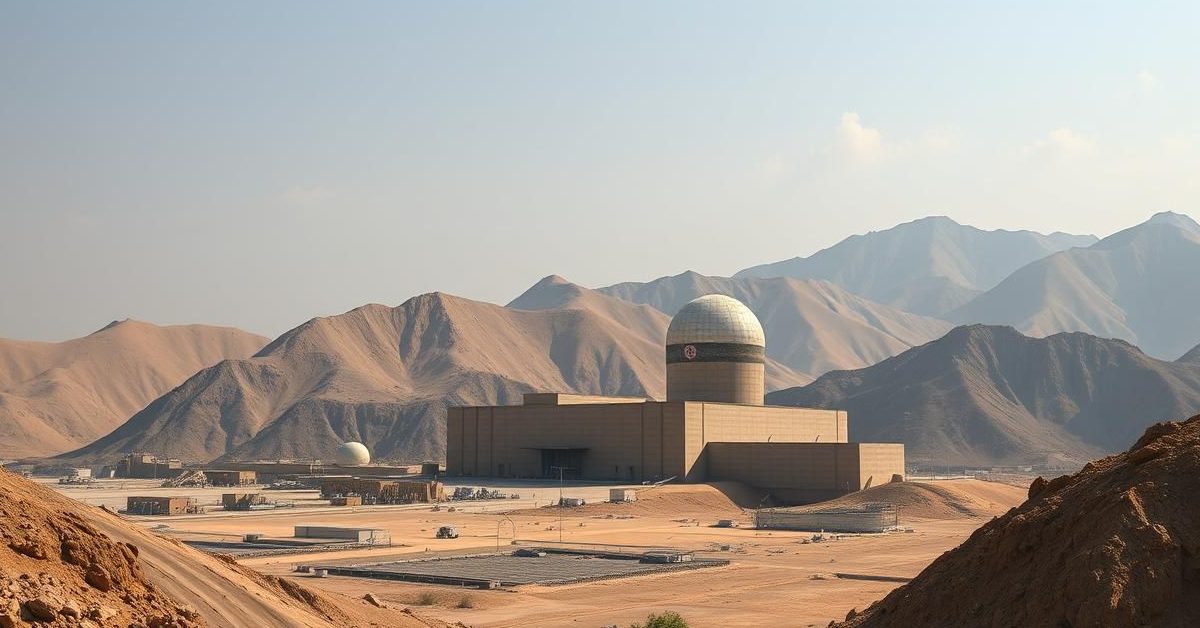India’s Green Reckoning: Why Land Degradation Demands Urgent Attention
Imagine a landscape slowly losing its vibrancy, its ability to nourish life. This isn’t a distant dystopian vision, but a quiet, pervasive crisis unfolding across vast swathes of India: land degradation. It’s a silent erosion, not just of soil, but of livelihoods, biodiversity, and the very foundation of our nation’s prosperity. From the fertile plains to the majestic mountains, the land that has sustained generations is under immense stress, threatening our food security, water resources, and climate resilience. Recognizing this profound challenge, India has embarked on ambitious initiatives, none more significant than the Green India Mission, a pivotal component of its broader environmental strategy.
Unpacking the Crisis: The Profound Impact of Land Degradation Across India
Land degradation manifests in myriad forms: rampant soil erosion washing away precious topsoil, increasing salinization rendering agricultural lands barren, and rampant desertification encroaching upon productive areas. The Indo-Gangetic Plains, once the breadbasket of the nation, face issues like waterlogging and nutrient depletion. The Thar Desert continues its relentless spread, while deforestation in the Western Ghats and Himalayan regions exacerbates vulnerabilities to landslides and flash floods. This ecological decline directly impacts the millions who depend on the land for their sustenance, particularly rural and tribal communities, deepening poverty and driving migration. The crisis also cripples vital ecosystem services like clean air and water, natural pest control, and carbon sequestration.
The Green India Mission: A Vision for Ecological Revival
Responding to this urgent need, the Indian government launched the Green India Mission (GIM) in 2014, a flagship initiative under the umbrella of the National Action Plan on Climate Change (NAPCC). It’s far more than just a tree-planting drive; GIM represents a comprehensive, multi-pronged strategy aimed at increasing forest and tree cover, enhancing the quality of existing forests, and improving forest-based livelihoods. With a significant financial commitment and a goal to treat millions of hectares of degraded land, GIM is a testament to India’s resolve to meet its national and international environmental obligations, including those under the Paris Agreement and the UN Convention to Combat Desertification (UNCCD).
Holistic Restoration: GIM’s Multifaceted Approach to Greening the Nation
GIM’s strength lies in its holistic approach, moving beyond mere afforestation to encompass an entire ecosystem restoration philosophy. Key pillars include: enhancing the density of existing forests, improving degraded forest landscapes, and expanding tree cover in urban and peri-urban areas. Crucially, it prioritizes sustainable forest management and agroforestry practices, integrating trees into farming systems to boost agricultural productivity and farmers’ incomes. The mission emphasizes active community participation, empowering local gram sabhas and Joint Forest Management Committees (JFMCs) to become custodians of their natural resources. This community-centric model ensures long-term sustainability and equitable distribution of benefits, creating a synergy between ecological restoration and socio-economic upliftment.
Beyond Trees: The Transformative Potential and Global Implications of India’s Green Efforts
The aspirations behind the Green India Mission extend far beyond greening the landscape. Successfully implemented, GIM has the potential to significantly enhance carbon sequestration, contributing directly to India’s climate change mitigation goals. It can bolster biodiversity, protecting countless species in vital biodiversity hotspots and strengthening ecological resilience against the impacts of a changing climate. Furthermore, by improving soil health and water retention, it promises enhanced agricultural productivity, water security, and diversified livelihood opportunities for millions, aligning perfectly with several of the United Nations’ Sustainable Development Goals (SDGs), particularly SDG 15: Life on Land. India’s commitment, showcased through GIM, also serves as a powerful model on the global stage, demonstrating how large-scale land restoration can be integrated into national development priorities.
A Greener Tomorrow: India’s Enduring Commitment to a Sustainable Future
The Green India Mission stands as a beacon of hope and a practical manifestation of India’s enduring commitment to environmental stewardship. It acknowledges that the health of our land is inextricably linked to the well-being of our people and the planet. While the challenges of land degradation are immense, initiatives like GIM, driven by a blend of scientific expertise, governmental resolve, and community engagement, offer a tangible pathway towards a more resilient, prosperous, and greener future for all. It is a vital step in reclaiming our planet’s ecological balance, one restored hectare at a time.














